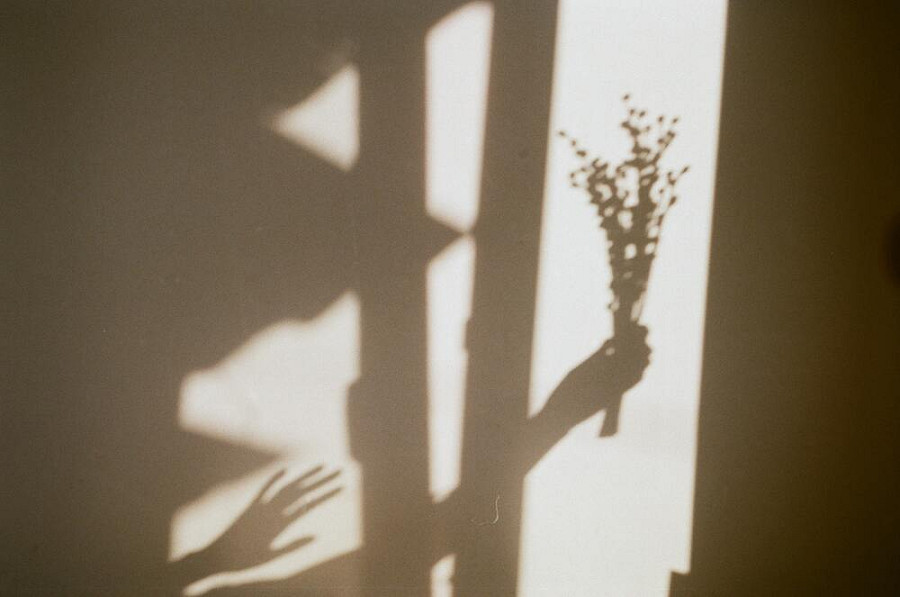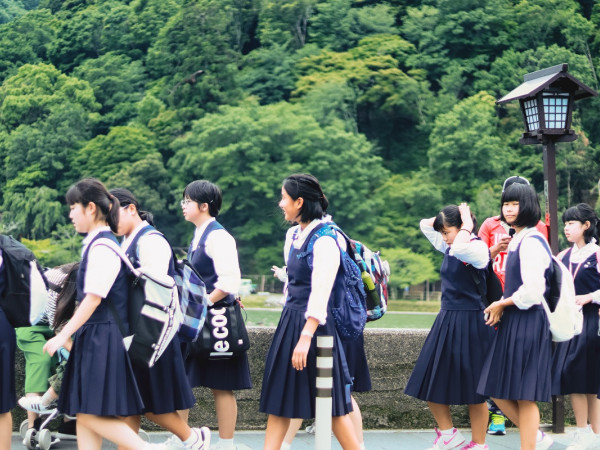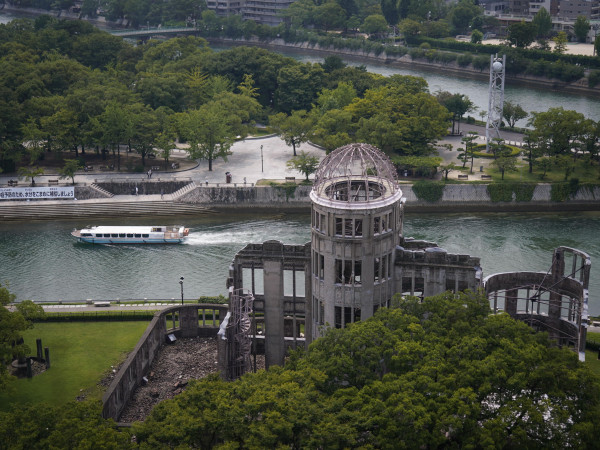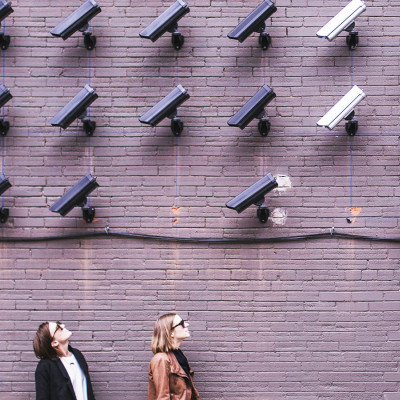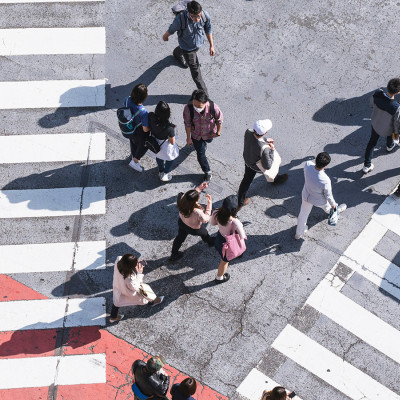As many of you know, each kanji has its meaning. 間, pronounced ”Ma”, is one of the essential kanji, so much so that it is also used for humans’ 人間 (Ningen), 間 pronounced, in this case, as “Gen”, instead as “Ma”. The character 間, which is the focus of this article, was created by combining existing hieroglyphs and means “gap” where “moonlight leaks” through closed swing-open “door”.
“Ma” is a unique and subtle awareness in japanese culture. Many terms are associated with the word “Ma”, which may be broadly divided into spatial and temporal awareness.
From the perspective of spatial awareness, the japanese traditional aesthetic of Wabi and Sabi is a consciousness that seeks to find spiritual fulfilment in poverty and solitude. It refers to the beauty of deep and rich things that may naturally be felt in a blank space. This sense of beauty is found in space.
For example, Senno Rikyu (1522 – 1591), known as the consummator of Wabicha (i.e. a particular style of the japanese tea ceremony), said that Wabi beauty could be found in the blank spaces intentionally left in a painting. This spatial beauty also applies to the field of architecture.
The japanese language also has the expression- using the kanji character “Ma” - “read between the lines” - which refers to sensing the author’s true feelings and intentions that are not expressed directly in the written word.
Thus, in traditional japanese art, literature and architecture, beauty is recognized in the blank spaces. From the perspective of temporal awareness, it may be paraphrased as rhythm or timing.
For example, not being on time is said “Ma ni awanai”; bad timing is said “Ma ga warui”; ensuring appropriate timing is said “Ma wo toru”.
However, it is considered that there is a considerable difference between the japanese and the western part of the world in terms of such rhythms.
The Encyclopedia of Japan explains that “Ma has an added irregularity that delights in rhythmic and timing deviations. What is also important to note is that while western rhythms are accompanied by sounds and movements, the beats themselves resonate in the ear, Ma is conscious of the blank space between the beats. This void is not an empty space but a space filled with a sense of tension for the next beat. In other words, the space between subtly expanding and contracting times is Ma, which leads to Ma in spatial consciousness”.
In the first place, where did the japanese idea of “Ma” arise?
It could be said to lie in the ideology of the japanese people who place a great deal of importance on the relationship and distance between themselves and others.
As already mentioned, the kanji for “Ma” is also used in the character of a human being, ”Ningen”. Its origin word was “Jinkan” and meant “the world of people”.
In order to express the delicate human relationship between themselves and others, the japanese have developed humble language and honorifics, being conscious of their own relationships with the majority of people in the world and have found a sense of beauty in this.
In sum, “Ma” could be considered the japanese aesthetic sense of the relationship between space, time and people in the japanese culture.

